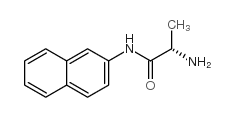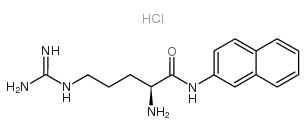| Structure | Name/CAS No. | Articles |
|---|---|---|
 |
H-ALA-BETANA
CAS:720-82-1 |
|
 |
N-2-Naphthylalaninamide hydrochloride (1:1)
CAS:74144-49-3 |
|
 |
L-Arginine β-naphthylamide hydrochloride
CAS:18905-73-2 |